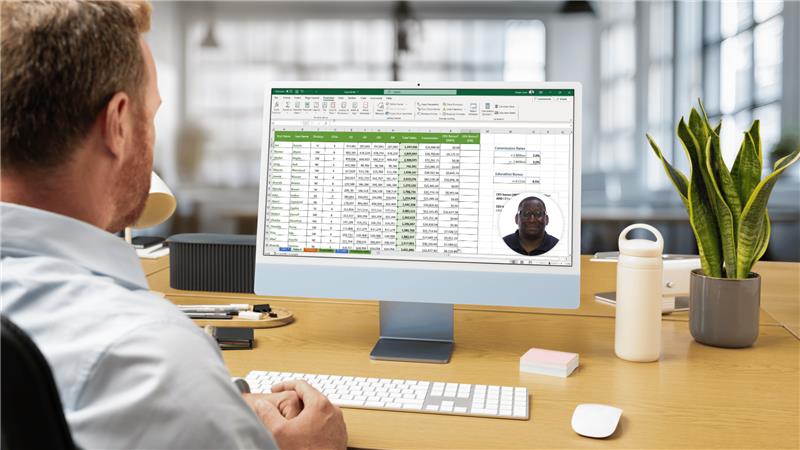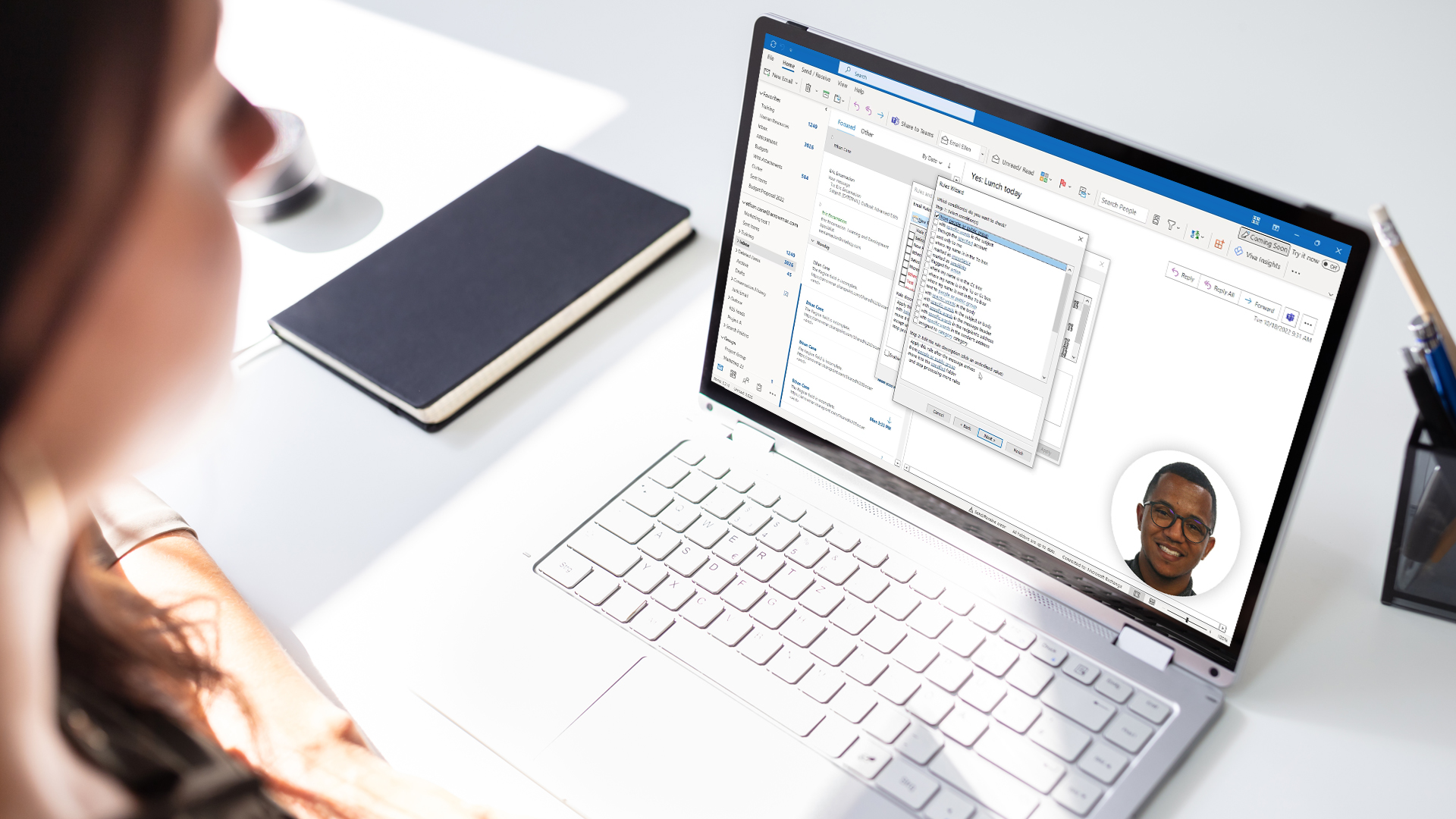How Does Asynchronous Training Meet the Needs of Modern Learners?
Asynchronous training is a learning model where students or employees access course materials, lessons, and activities on their own time, instead of gathering in person, on a fixed schedule, and in a physical classroom or live online session.
Asynchronous learning refers to more than simply watching a training video. It is an intentional learning model supported by clear instructional design, easy-to-use learning management systems, and structured course content that allows people to learn at their own pace while still meeting outcomes and due dates.
In asynchronous online learning and online education, learners typically:
- View instructional materials such as video lectures, audio files, readings, and interactive modules.
- Participate in discussion forums or discussion boards to reflect, ask questions, and learn from peers.
- Complete assignments and assessments within a class schedule and defined time frame.
- Access learning materials and course materials from anywhere, often across time zones and around work schedules and other obligations.
For busy professionals, online students, and organizations that need flexible professional development, asynchronous training provides access, structure, and support without requiring everyone to be present in real time for a training session.
What Is the Main Difference Between Asynchronous and Synchronous Learning?
To understand asynchronous training clearly, it helps to compare it with synchronous learning.
Synchronous learning, including synchronous online learning, occurs when instructors and students meet at the same time in a synchronous class, whether in person or through a live virtual lecture approach. Synchronous online learning means there is a live instruction component occurring at specific times, which learners must attend at a scheduled time. This format creates real-time interaction and immediate feedback, but often collides with work schedules, time zones, and other responsibilities.
Asynchronous training works differently:
- Learners view instructional materials and video lectures on their own time.
- There is no requirement to log in at a set hour for a single online class.
Instructors typically design activities that can be done independently while still guiding learners toward clear outcomes.
The main difference is timing and presence:
- Synchronous: real-time interaction tied to a fixed class.
- Asynchronous: flexibility for learners to engage on their own schedules while staying connected through structured activities.
Many effective online programs use synchronous and asynchronous learning together. This blended approach recognizes that some skills benefit from live interaction while others fit better with self paced learning.
How Do Asynchronous Online Classes and Online Asynchronous Learning Actually Work?
A strong asynchronous course is not a collection of random videos. It is a planned learning experience built to help learners succeed without sitting in a traditional classroom.
Typical elements of asynchronous classes and asynchronous courses include:
- Pre-recorded lectures and short video lessons.
- Downloadable readings, audio files, practice files, and quizzes.
- Clear weekly or modular objectives, due dates, and instructions.
- Online discussions where students respond thoughtfully instead of racing to talk.
- Learning management systems or management systems that organize everything in one place.
Instructors typically:
- Break down course content into manageable units to support knowledge retention.
- Use clear instructions so learners know how to complete assignments.
- Offer opportunities for problem-solving, reflection, and online discussions.
- Provide feedback inside the platform so learners stay on track.
When asynchronous online courses are designed well, online classes work by giving learners a clear path to:
- View instructional materials.
- Practice with guided activities.
- Join discussion forums or boards.
- Complete assignments by set due dates.
- Receive feedback from the instructor.
This design allows students and working professionals to progress through their educational journey even when they cannot attend a live session.
How Can Asynchronous Training Support Learners Across Time Zones, Work Schedules, and Other Responsibilities?
Asynchronous training is especially powerful for learners who balance competing priorities. Many students and professionals today juggle:
- Full-time or part-time jobs.
- Family or caregiving duties.
- Working across different time zones.
- Limited access to a physical classroom or fixed class schedule.
Asynchronous online learning and online asynchronous classes let learners:
- Study at their own pace and in their own time.
- Coordinate their learning around a work schedule and other responsibilities.
- Avoid commuting and schedule conflicts.
- Rewatch video lectures and review course materials until they feel confident.
Key advantages of this approach include:
- Flexibility: Learners use their own schedules instead of losing opportunities because a synchronous class meets at an inconvenient time.
- Access: Online learning and online courses can reach learners globally.
- Reduced stress: People can complete assignments when they are most focused instead of forcing learning into a single, rigid time block.
For many, asynchronous learning refers to the difference between giving up on their development and continuing to grow with realistic expectations.
How Do Instructors Design Asynchronous Courses That Keep Learners Engaged?
Well-designed asynchronous training must include more than just uploaded video recordings. Effective instructional design must be present, which helps engage students without real-time sessions.
Strong asynchronous instructional materials and learning experiences often include:
- Short, focused video lectures instead of long, unbroken recordings.
- Clear, plain language that explains concepts step by step.
- Practical tasks and problem-solving activities tied to real scenarios.
- Discussion forums where prompts invite reflection rather than one-word answers.
- Frequent but manageable check-ins so learners can complete assignments consistently.
To support self-paced learning and keep learners on track, instructors can:
- Give structure with weekly milestones, encouraging learners to engage with materials regularly.
- Use checklists and templates to guide learners through course content.
When instructors design with empathy, asynchronous training becomes personal and supportive, instead of isolating.
How Can Organizations Use Asynchronous Training for Professional Development at Scale?
For organizations, asynchronous training is one of the most practical ways to deliver high-quality professional development without disrupting operations.
Key benefits include:
- Scale: Thousands of learners can access the same high-quality learning materials without overloading a single instructor.
- Consistency: Every learner receives aligned course content, policies, and workflows instead of fragmented in-person sessions.
- Flexibility: Staff can learn between client calls, project work, and other obligations.
- Tracking: Learning management systems help monitor progress, completion, and knowledge retention.
Examples of professional development topics that fit asynchronous online learning:
- Software skills, productivity tools, and digital workflows.
- Compliance, data protection, and workplace safety.
- Leadership, communication, and problem-solving.
- New systems or processes are introduced across teams.
A dedicated online program that uses asynchronous training helps organizations:
- Shorten the time to competence.
- Support learners in different regions and time zones.
- Provide continuous learning instead of one-time workshops.
This is where learning solutions providers, like Intellezy, become strategic partners in building an effective learning culture and driving outcomes.
How Do Asynchronous and Synchronous Learning Work Together in One Learning Model?
Asynchronous and synchronous learning do not have to compete. Many effective courses and corporate training programs combine both.
This blended learning model can look like:
- Asynchronous course modules for core knowledge.
- Short synchronous class sessions to practice skills or ask questions.
- Online discussions to prepare before live instruction.
- Optional live Q&A to support online students who want real-time interaction.
Using synchronous and asynchronous learning together helps:
- Reserve live time for complex topics that benefit from interaction.
- Allow learners to view instructional materials ahead of sessions.
- Make better use of instructors, who can focus on feedback and higher-level support.
When educators and training teams understand these differences and the main difference between formats, they can design courses that respect learner time while protecting learning quality.
How Can You Choose the Right Asynchronous Training Partner and Get Started Confidently?
Choosing the right asynchronous training solution is about more than technology. It should feel like choosing a guide for your entire educational journey.
Look for an asynchronous training partner or platform that:
- Offers clear, structured online courses with practical outcomes.
- Uses learning management systems that are easy to navigate.
- Provides engaging course content with video lectures, practice files, and course materials that match real work.
- Supports both individuals and organizations that need online asynchronous learning at scale.
- Understands instructional design, not only content hosting.
As you begin:
- Clarify your goals for education or professional development.
- Map your work schedule and other responsibilities so you choose an online class structure that fits.
- Plan time management habits to protect your learning.
- Make sure you understand how online asynchronous classes will communicate due dates, expectations, and support.
Asynchronous learning is not about being alone. It is about having the freedom to learn in a way that fits your life, guided by instructors and systems that respect your time.
What Is the Best Next Step to Bring Asynchronous Training Into Your Learning Journey?
Asynchronous training works best when it is intentional, human, and supportive.
Asynchronous learning environments make it possible for learners to access ongoing education regardless of time and location. When instructors carefully design course content, instructional materials, and learning activities, learners are able to effectively absorb knowledge and build real skills in their own time while working towards clear learning objectives and outcomes.
For organizations, this model turns training from a one-day interruption into an ongoing learning model. For individuals, it transforms gaps in the day into meaningful progress toward their goals, whether or not a live video lecture component is part of the experience.
The real power of asynchronous training is that it treats learners as adults with complex lives. It trusts them to engage, gives them the resources to succeed, and uses technology to support learning instead of controlling it.
When thoughtfully created, asynchronous learning is not a watered-down version of a traditional classroom. It is a flexible, credible, and effective path that can stand on equal footing with in-person and synchronous options, especially when supported by expert instructional design and a clear commitment to learner success.
Ready to turn flexible online learning into real results? Explore the asynchronous training opportunities presented by Intellezy’s robust library of structured online courses. Along with the custom learning solutions offered by Intellezy, our video library empowers you to upgrade your skills and transform your team’s capabilities, one carefully crafted video lesson at a time.
Works Cited
“Asynchronous Learning: A General Review of Best Practices for E-Learning.” Journal of Research in Innovative Teaching & Learning, vol. 16, no. 1, 2023, Emerald Insight.
“Asynchronous Learning: Everything You Need to Know.” Instructure, 14 Aug. 2023, www.instructure.com/resources/blog/asynchronous-learning-everything-you-need-know-reap-benefits-non-traditional.
“Issue Paper 3: Distance Education.” U.S. Department of Education, 8 Jan. 2024, www.ed.gov/sites/ed/files/policy/highered/reg/hearulemaking/2023/program-integrity-and-institutional-quality-session-1-issue-paper-distance-education-final.pdf. U.S. Department of Education
“Strengths and Weaknesses of Online Learning.” University of Illinois Springfield, Center for Online Learning, Research and Service, www.uis.edu/ion/resources/tutorials/overview/strengths-weaknesses. uis.edu
Hrastinski, Stefan. “Asynchronous and Synchronous E-Learning.” EDUCAUSE Quarterly, vol. 31, no. 4, 2008, er.educause.edu/articles/2008/11/asynchronous-and-synchronous-elearning. EDUCAUSE Review
Hung, Chia Ting, et al. “The Evaluation of Synchronous and Asynchronous Online Learning in Medical Education.” BMC Medical Education, 2024, National Institutes of Health, pmc.ncbi.nlm.nih.gov/articles/PMC10960437. PMC
“New Rules in Online Learning: Regular and Substantive Interaction.” University of Houston, power-on.rsi.uh.edu. University of Houston
“What Is Synchronous and Asynchronous Learning.” Stanford University, Teaching Commons, teachingresources.stanford.edu/resources/what-is-synchronous-and-asynchronous-learning. IT Teaching Resources
“What’s the Difference Between Asynchronous and Synchronous Learning.” The Ohio State University, Online Programs, 20 Aug. 2024, online.osu.edu/content-hub/blogs/whats-the-difference-between-asynchronous-and-synchronous-learning.
Frequently Asked Questions (FAQs)
Request Your Free Trial
Explore our complete library to see how you can maximize your team’s efficiency, performance, and productivity.








